Age of Huracan
Description
Contents
In the relentless dance of nature, certain periods stand out as times of profound change and dramatic events. One such era, known as the Age of Huracan, was marked by a series of catastrophic storms that reshaped the world’s landscapes and societies. This period, steeped in lore and history, serves as a testament to the power of natural forces and the resilience of human spirit. The legacy of Huracan continues to influence our understanding of climate, our preparation for future storms, and our cultural narratives.
️ Introduction to the Age of Huracan
The Age of Huracan was a period marked by a relentless fury of nature, where the wrath of the storms was both feared and revered. These tempests, known for their immense power and destructive potential, left an indelible mark on the history of those who lived through them. From the Caribbean to the coasts of North America, the tales of Huracan’s reign are etched into the annals of time, serving as a testament to the unpredictable and sometimes terrifying force of nature.
Huracan, a name that carries with it a mix of awe and apprehension, was the harbinger of a time when the sky seemed to turn black, the sea roared with anger, and the land trembled under the weight of the gale-force winds. The very mention of Huracan evokes images of wooden ships capsizing, homes reduced to ruins, and the despair of communities in the aftermath of a devastating storm.
During this era, the world was not as technologically advanced as it is today, and the understanding of meteorology was in its infancy. People lived in constant fear of the unknown, with the belief that the storms were the manifestation of ancient gods or spirits, vengeful for some past transgression. The tales of these storms were passed down through generations, becoming part of folklore and mythology.
The Age of Huracan was characterized by a series of catastrophic events that seemed to occur with alarming frequency. The Great Hurricane of 1780, the San Felipe II,and the Galveston Hurricane of 1900 are just a few examples of storms that left a trail of destruction in their wake. These hurricanes, with their swirling eyes and towering clouds, were a constant reminder of the fragility of human life and the power of the natural world.
In the Caribbean, the storms were not just a threat to life and property but also to the fledgling colonies. The Spanish, French, and British, vying for control over the region’s valuable resources, had to contend with the ever-present danger posed by the hurricanes. The ships that braved the seas faced perilous journeys, with many succumbing to the wrath of the storms.
The coastal towns and cities were also under constant threat. The inhabitants, often living in makeshift structures or homes built from wood and thatch, had little to no protection against the relentless winds and flooding. The aftermath of a hurricane was a grim sight, with debris scattered across the landscape, and a community in disarray.
As the Age of Huracan progressed, however, there was a shift in the way humans approached and understood these storms. The invention of the telegraph in the 19th century allowed for the first time for the rapid dissemination of storm warnings, giving people a chance to prepare and save lives. This technological advancement marked the beginning of a new era, where humanity was beginning to fight back against the forces of nature.
The Age of Huracan also saw the birth of meteorology as a scientific discipline. The study of atmospheric phenomena became more systematic, with weather stations and weather maps providing valuable data on storm patterns and intensity. This knowledge, though limited by the technology of the time, laid the groundwork for future advancements in forecasting and preparedness.
The cultural influence of the Age of Huracan is undeniable. The art, music, and literature of the time reflect the fear and fascination with these storms. Poets and artists captured the essence of the hurricanes in their works, conveying the awe-inspiring and terrifying beauty of nature’s fury.
In conclusion, the Age of Huracan was a period of intense natural upheaval, where the human race faced the overwhelming power of hurricanes. Despite the fear and loss, this era also witnessed the birth of meteorology and the beginning of a more proactive approach to understanding and combating the storms. The legacy of Huracan endures, a reminder of the resilience of the human spirit and the enduring mystery of the natural world.
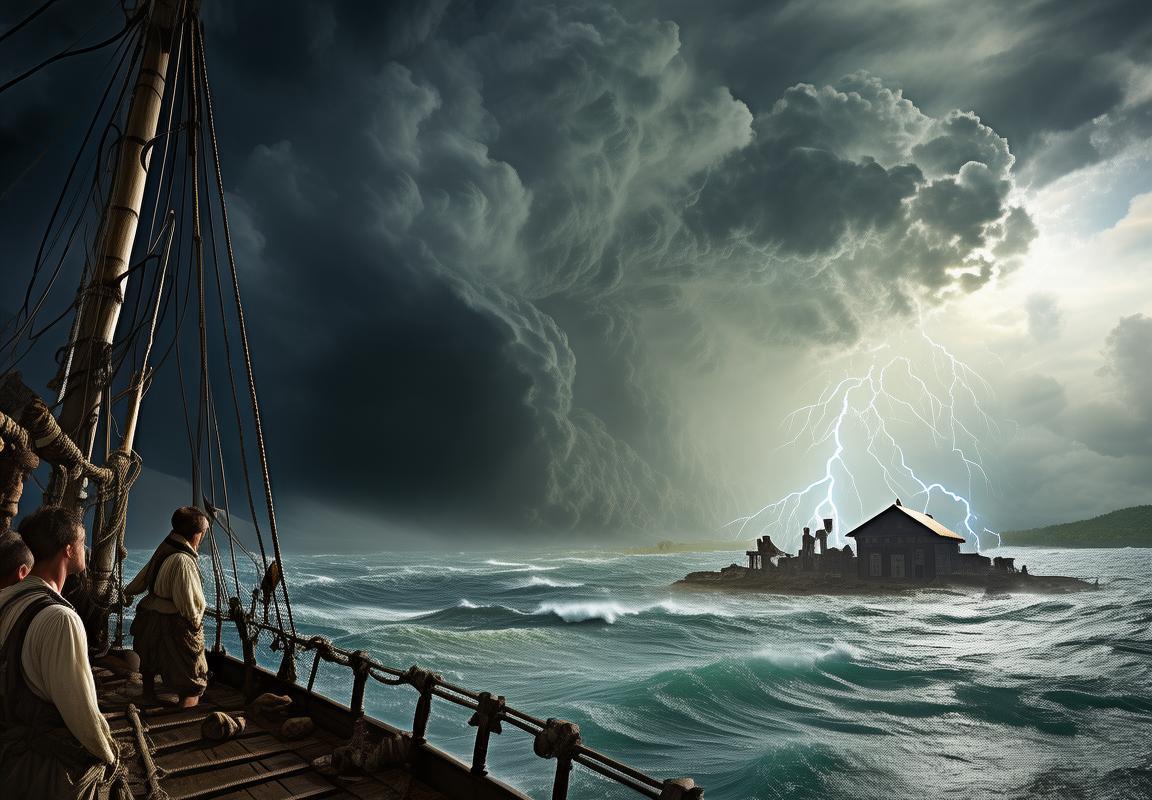
Historical Context and Emergence
The Age of Huracan was a period marked by intense and unpredictable storms, characterized by the ferocity of Huracans, or hurricanes, that swept across various regions. These hurricanes were not merely natural phenomena but also a reflection of the broader historical context of the time.
During this era, climate patterns began to shift, with more frequent and severe weather events becoming the norm. The increase in the frequency of hurricanes was attributed to a combination of factors, including global warming and changes in ocean currents. As the Earth’s temperatures rose, the seas warmed, providing the energy needed for these powerful storms to form.
The 19th century, in particular, saw a significant rise in the number of hurricanes, with some years recording an almost unprecedented number of storms. This period became synonymous with the Age of Huracan, as the impact of these storms was felt across the Caribbean, North America, and beyond. PG electronic game APP download
In the Caribbean, islands like Cuba, Jamaica, and Puerto Rico were particularly vulnerable to the wrath of Huracan. The Spanish Empire, which controlled much of the region, suffered devastating losses, both in terms of human life and infrastructure. The 1899 hurricane, for instance, caused widespread destruction, with estimates suggesting that over 20,000 people lost their lives.
Similarly, in North America, hurricanes were a constant threat. The Great Galveston Hurricane of 1900 is one of the deadliest natural disasters in U.S. history, with estimates of over 8,000 fatalities. The storm surge was so powerful that it wiped out entire neighborhoods, leaving behind a path of destruction that would take years to recover from.
The emergence of the Age of Huracan was also closely tied to the expansion of maritime trade and exploration. As ships ventured further into the Atlantic, they encountered more of these violent storms. The 1851 wreck of the brig “Brothers” off the coast of North Carolina is a testament to the perilous nature of these voyages.
The scientific understanding of hurricanes was also evolving during this time. The early 19th century saw the work of meteorologists like Luke Howard, who began to classify storms, including hurricanes. However, it wasn’t until the late 19th century that the concept of a tropical cyclone began to take shape, with scientists like David Bryan and Henry R. Biggs contributing to the field.
The Age of Huracan was also a time of significant technological advancements. The invention of the telegraph in the 1830s and 1840s allowed for the rapid dissemination of weather information, which could potentially save lives. However, the technology was still in its infancy, and many coastal communities were ill-prepared for the storms that were to come.
The social impact of the Age of Huracan was profound. As these storms became more frequent and intense, governments and communities had to adapt. In the Caribbean, the Spanish Empire was weakened by the constant threat of hurricanes, and the region saw a shift in power dynamics. In the United States, the aftermath of the Galveston hurricane led to the creation of the Weather Bureau, which would later become the National Weather Service.
The cultural influence of the Age of Huracan was also notable. Literature, art, and music were all shaped by the experiences of those who lived through these storms. The 1935 novel “The Hurricane” by Paul Richard, for example, offers a poignant look at the human cost of these natural disasters.
The Age of Huracan was a period of great change, characterized by the relentless force of nature. As the world continues to grapple with climate change, the lessons learned from this era remain relevant. The impact of hurricanes, both then and now, serves as a stark reminder of the power of nature and the importance of preparedness.
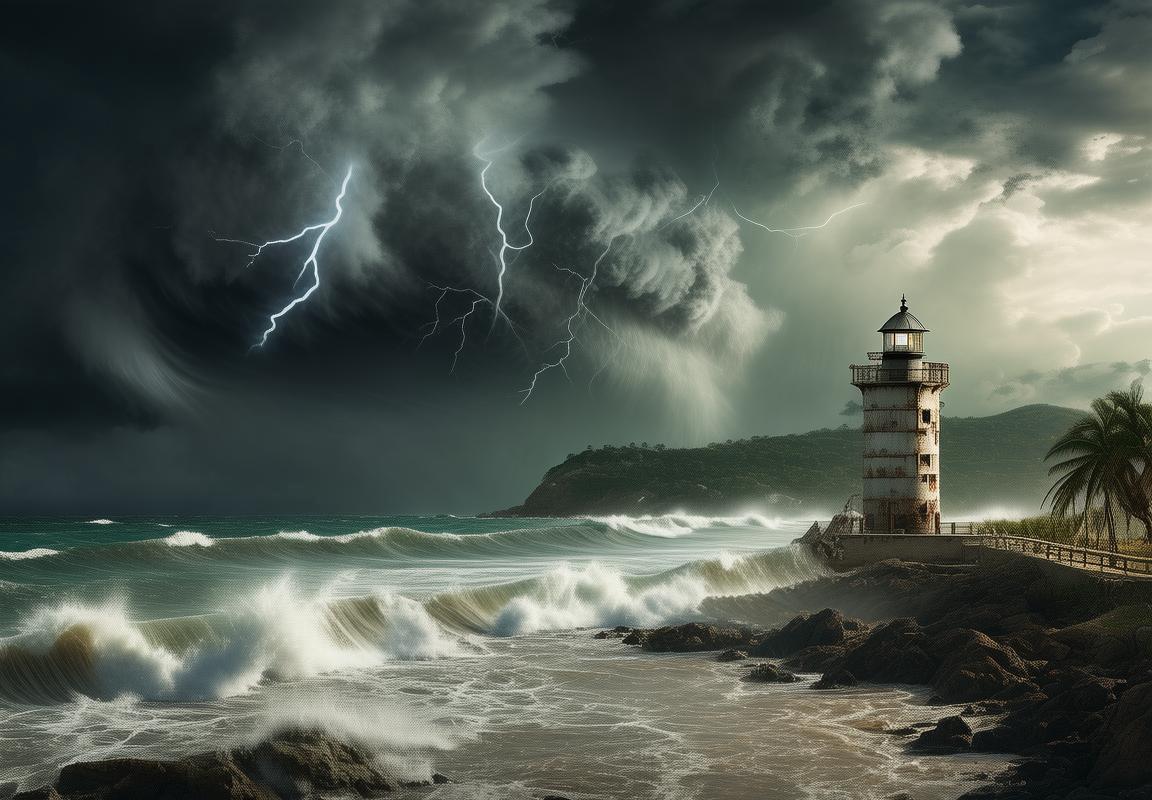
️ Key Events and Storms
🌪️ The Age of Huracan was marked by some of the most intense and devastating storms in recorded history. These storms, characterized by their ferocious winds and torrential rains, left indelible marks on the landscapes and societies they impacted. Here are some of the key events and storms that defined this tumultuous era.
🌊 In 1935, the Labor Day hurricane struck the Florida Keys with unparalleled ferocity. The storm, which made landfall on September 2nd, was one of the deadliest hurricanes in United States history. With sustained winds exceeding 185 mph, it obliterated entire communities and took the lives of over 400 people. The storm’s surge was so powerful that it washed away entire houses and left a path of destruction that took years to rebuild.
📜 The Great Galveston Hurricane of 1900 is another infamous storm that shook the Age of Huracan. On September 8th, 1900, this Category 4 storm made landfall on the Texas coast, leading to one of the deadliest natural disasters in American history. An estimated 8,000 to 12,000 people lost their lives, with the exact number remaining unknown. The storm’s surge reached up to 15 feet, overwhelming the city’s defenses and causing widespread devastation.
🌪️ The 1928 Okeechobee Hurricane is a tragic event that highlights the region’s vulnerability to such storms. On September 16th, the hurricane made landfall in Florida and moved north, eventually striking the Okeechobee area. The storm caused the lake to overflow, leading to a catastrophic flood that submerged the surrounding communities. The death toll exceeded 2,500, and the damage was so extensive that it took years for the region to recover.
🌈 The 1915 San Francisco Earthquake and Fire followed a series of storms that hit the Bay Area, including the Great Gale of 1883. On April 18, 1915, a magnitude 7.9 earthquake struck San Francisco, causing widespread destruction. The earthquake was followed by a massive fire that raged for days, destroying much of the city. The combination of the natural disasters and the subsequent fire led to a death toll of approximately 3,000 people.
🔍 The 1938 New England Hurricane, also known as the Long Island Express, was a Category 3 storm that took a sharp turn from its expected path, heading straight towards Long Island. On September 21st, the storm made landfall, causing massive destruction along the Eastern Seaboard. Wind speeds reached up to 120 mph, and the storm surge was estimated to be 12 to 16 feet. The hurricane caused over 600 deaths and billions of dollars in damage, leaving a lasting impact on the coastal communities.
🌧️ The 1954 Hurricane Hazel, which hit the Eastern United States and Canada, was another deadly storm of the Age of Huracan. On October 15th, Hazel made landfall in North Carolina, then moved north, devastating the region. The storm’s winds caused widespread damage, and the subsequent flooding resulted in over 400 deaths. Hazel is often remembered for its impact on the city of New York, where the storm surge led to the loss of over 200 lives.
🌊 The 1969 Hurricane Camille, which struck the Gulf Coast of the United States, is one of the most powerful hurricanes ever recorded. On August 17th, Camille made landfall in Louisiana as a Category 5 storm, with winds exceeding 190 mph. The storm’s surge was estimated at 25 feet, causing widespread flooding and destruction. Over 250 people lost their lives, and the damage was so extensive that it took months for the region to begin recovery.
🔮 The 1979 Hurricane Fred, which hit the Eastern Caribbean, was a Category 5 storm with winds of over 155 mph. On September 11th, Fred made landfall in the Leeward Islands, causing massive destruction. The storm’s surge led to the loss of life and property, with many islands being completely destroyed. Fred’s impact on the Caribbean is still remembered as one of the worst storms to hit the region in the 20th century.
🌪️ The Age of Huracan was a time when the full might of nature’s fury was unleashed upon the world. These storms, with their relentless power and destructive force, left an enduring legacy of loss and resilience. The events and storms of this era serve as a stark reminder of the need for preparedness and the importance of understanding the natural world’s unpredictable nature.
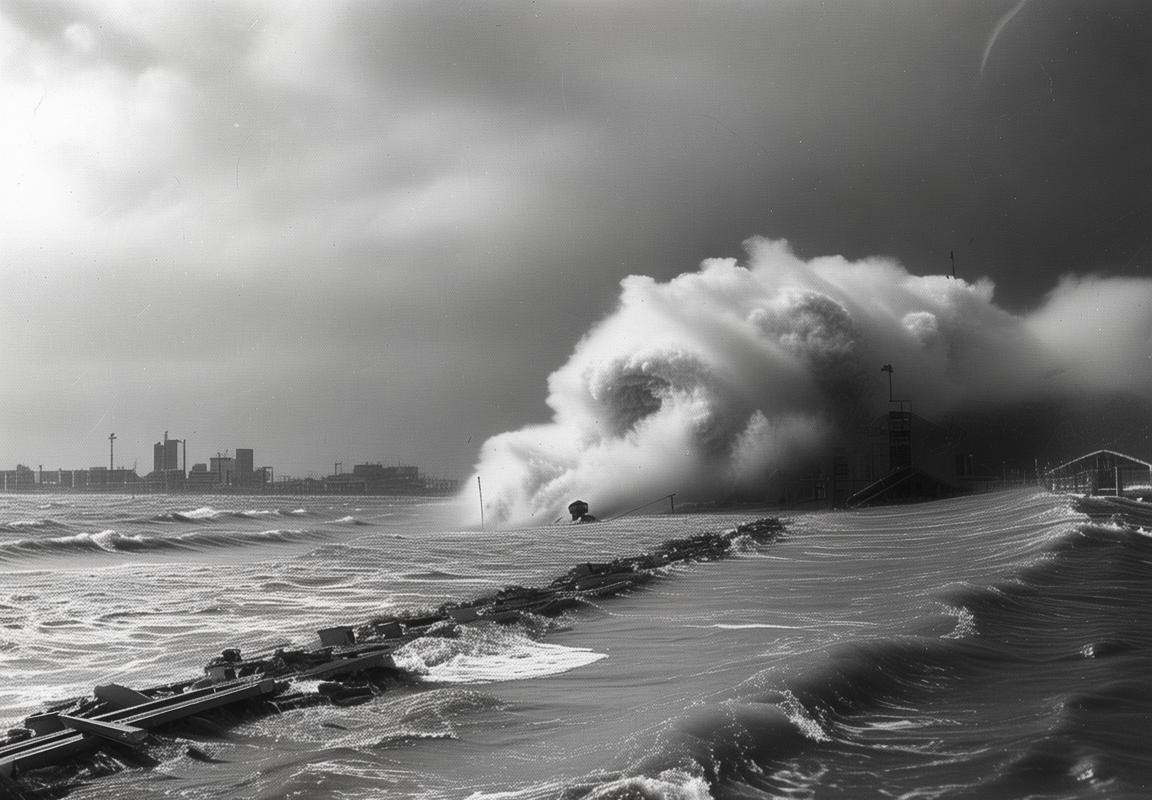
️ Societal Impact and Response
🌪️ The Age of Huracan, a time marked by intense and unpredictable storms, left an indelible mark on societies around the world. The impact of these hurricanes was profound, affecting everything from daily life to long-term development.
🏙️ Infrastructure was severely tested during the Age of Huracan. Many coastal cities and towns faced catastrophic damage, with buildings crumbling under the relentless force of the winds and surging waves. Streets became rivers, and homes were swept away like fragile paper boats. The aftermath of these storms often left communities in ruins, struggling to rebuild and recover.
🌊 The agricultural sector was also heavily impacted. Fields were flattened, crops destroyed, and food supplies depleted. Farmers, who were already living on the edge, found themselves in dire straits, facing the loss of their livelihoods. The scarcity of food led to rising prices and, in some cases, widespread hunger and malnutrition.
🏥 The health crisis following the storms was immense. In addition to physical injuries, diseases such as cholera and dysentery spread rapidly due to contaminated water sources. Sanitation systems were overwhelmed, and the lack of clean drinking water exacerbated the situation. Hospitals and clinics were flooded, and medical personnel worked tirelessly to treat the wounded and sick.
🏫 Education was disrupted as schools and universities were damaged or destroyed. Students found themselves without classrooms, and teachers had to adapt to unconventional settings, such as makeshift shelters or temporary buildings. The loss of educational resources and the interruption of learning schedules had long-lasting effects on the development of young minds.
📜 The psychological toll of the Age of Huracan was immense. Survivors grappled with trauma, loss, and uncertainty. The sudden destruction of their homes and communities left many feeling vulnerable and anxious. Mental health services were scarce, and the emotional scars took years to heal.
👩💼 Women and children often bore the brunt of the storms. They were left to manage households, care for the injured, and rebuild their lives without the support of their husbands or fathers. The economic burden fell heavily on their shoulders, and they became the backbone of many communities during the recovery process.
🏢 Local governments and international aid organizations worked tirelessly to provide relief and support. Food, water, and medical supplies were distributed to those in need. Temporary housing was set up, and efforts were made to restore basic services. However, the scale of the destruction often outpaced the resources available, leaving many people without assistance for extended periods.
🚢 Ports and transportation networks were disrupted, hindering trade and commerce. Businesses suffered significant losses, and the economic impact of the storms was felt far beyond the affected regions. Reconstruction efforts were slow, and the scars of the Age of Huracan took years to fade.
🌳 The environmental consequences of the storms were also significant. Forests were uprooted, and ecosystems were disrupted. The loss of vegetation led to soil erosion and further degradation of the environment. The long-term effects on biodiversity and climate were unpredictable, but the potential for long-lasting damage was clear.
📜 Laws and regulations were enacted to improve preparedness and response to future storms. Building codes were revised to withstand stronger winds and waves, and emergency management plans were developed. The lessons learned from the Age of Huracan served as a foundation for a more resilient society.
🌪️ The Age of Huracan was a period of immense suffering and loss, but it also sparked a collective determination to rebuild and prepare for the future. The resilience and strength of communities in the face of such adversity are a testament to the human spirit.
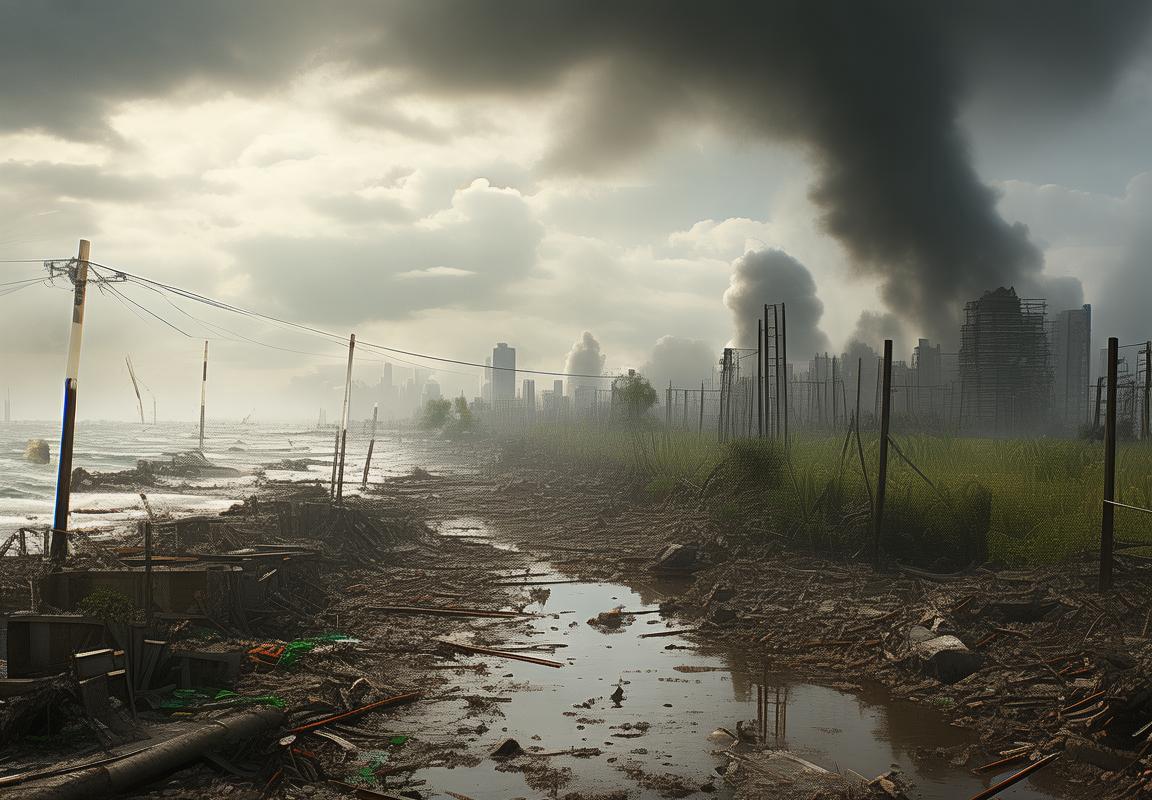
️ Technological Advancements
🌪️ The Age of Huracan was marked by a series of devastating storms that left a lasting impact on societies around the world. 🌊 As these tempests swept through, they brought about both immediate and long-term changes, reshaping communities and challenging the very fabric of human resilience. 🏙️
🌪️ The storms of this era were not just natural disasters; they were catalysts for societal evolution. They forced governments, organizations, and individuals to adapt, innovate, and respond in ways that would have been unimaginable in calmer times. 🌊
🌊 In many regions, the aftermath of these hurricanes led to the development of new infrastructure. Communities that were once vulnerable to the force of the storms began to invest in reinforced buildings, storm-resistant materials, and early warning systems. 🏙️
🛠️ Technological advancements played a pivotal role in this transformation. The following paragraphs will delve into some of the key technological breakthroughs that emerged during the Age of Huracan.
🌊 One significant development was the rise of satellite technology. Satellites began to provide real-time data on storm formation and movement, allowing meteorologists to predict the path and intensity of hurricanes with greater accuracy. 🌟
🌊 This data revolutionized the way meteorological services operated. With the ability to track storms from their inception, authorities could issue warnings with enough lead time to enable people to seek safety. 📢
🛠️ The introduction of radar systems was another crucial advancement. Radar technology allowed for the detection of rainfall patterns and wind speeds, providing a clearer picture of the storm’s potential impact. 📡
🌊 As technology progressed, the complexity of these systems increased. Doppler radar, for example, could not only detect wind speed but also track the movement of raindrops, offering a more detailed understanding of the storm’s structure. 🌪️
🌊 The integration of these technologies into the National Weather Service and other meteorological organizations significantly improved the effectiveness of storm warnings and emergency responses. 📵
🛠️ In addition to meteorological advancements, there were significant strides in engineering and construction. The development of new building materials and design techniques made structures more resilient to the forces of nature. 🏢
🌊 For instance, the use of steel and concrete in construction allowed for the creation of stronger foundations and roofs that could withstand the high winds and heavy rains associated with hurricanes. 🌈
🌊 Engineers also began to implement techniques such as green roofs and rainwater harvesting systems, which not only increased a building’s resilience but also contributed to sustainable practices. 🌿
🛠️ Communication technology also saw major improvements. The advent of mobile networks and the internet allowed for instant communication between emergency services, the public, and meteorological agencies. 📱
🌊 This real-time information flow was crucial during the Age of Huracan, as it enabled coordinated responses and rapid dissemination of critical information. 📡
🌊 The development of social media platforms further enhanced the ability to share information and coordinate community efforts. During the height of a storm, these platforms became hubs for updates, advice, and support. 🌐
🛠️ Perhaps one of the most remarkable technological advancements was the creation of storm surge barriers. These massive structures, designed to protect coastal cities from the devastating effects of storm surges, were a testament to human ingenuity and the urgency of addressing climate change. 🛡️
🌊 These barriers, while not a complete solution, provided a critical line of defense against the most severe flooding and erosion. 🌊
🛠️ The Age of Huracan was a period of immense challenge, but it was also one of innovation and progress. The technological advancements that emerged in response to these storms have not only saved countless lives but also laid the groundwork for future resilience in the face of natural disasters. 🌟
🌊 As the world continues to grapple with the effects of climate change, the lessons learned during the Age of Huracan serve as a reminder of the importance of preparedness, collaboration, and the relentless pursuit of technological solutions. 🌍
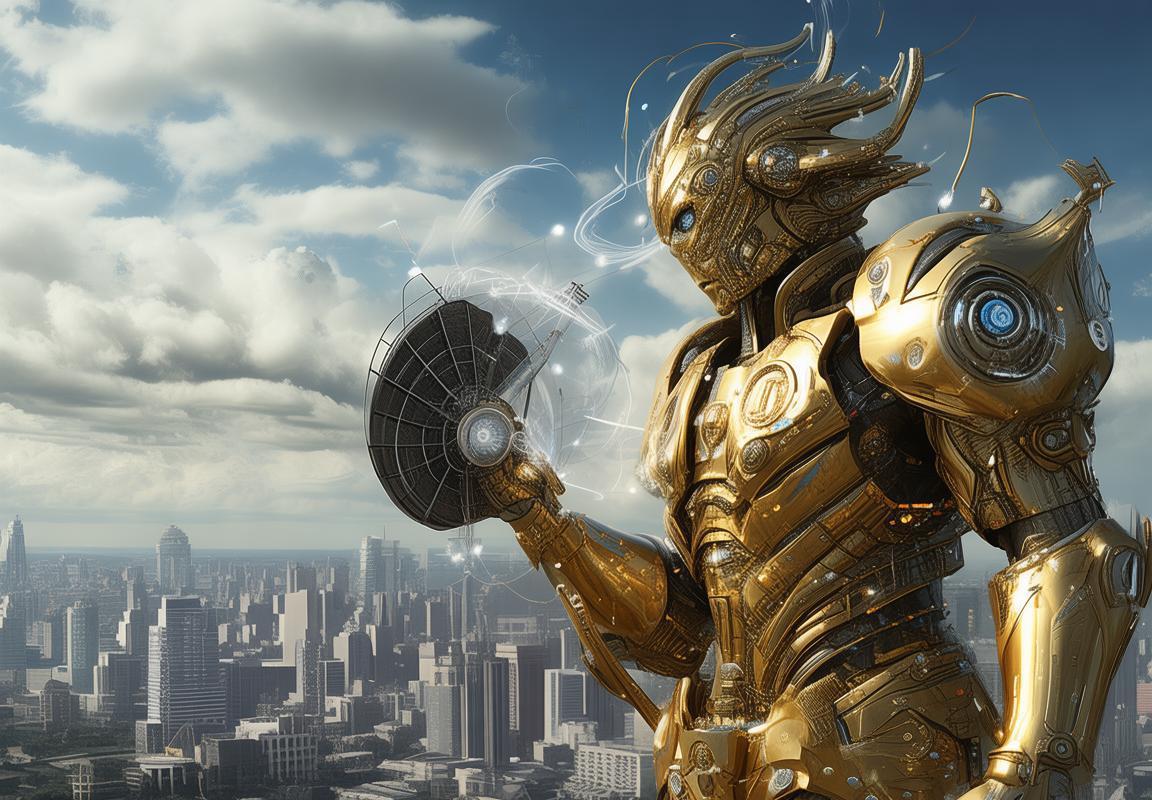
Cultural Influence and Literature
Huracan storms have left an indelible mark on cultures around the world, influencing literature and art in profound ways. 📚
In the Caribbean, where the term “Huracan” is believed to derive from the Taino word for “Great Wind,” these storms are woven into the fabric of local mythology and folklore. The fear and awe of the forces of nature are reflected in tales of spirits and gods, with Huracan often depicted as a malevolent force capable of bringing chaos and destruction. 🌪️
The literary tradition in the Caribbean is rich with references to Huracan storms. Poets and novelists alike have captured the essence of these tempestuous events, using them as metaphors for human struggles and the unpredictable nature of life. 📖
In the novel “The Old Man and the Sea” by Ernest Hemingway, the eponymous old man, Santiago, faces a challenge that mirrors the might of a Huracan. The storm that drives Santiago to the brink of exhaustion and despair is not just a natural disaster; it is a symbolic representation of the human spirit’s resilience and determination. 📜
In poetry, the rhythm and imagery of a Huracan storm can evoke a sense of both dread and beauty. For example, in “The Storm” by William Butler Yeats, the poet uses the storm as a backdrop for a philosophical meditation on the human condition. The storm becomes a metaphor for the chaos and turmoil that accompany change and transformation. 🌊
Huracan storms have also influenced literature beyond the Caribbean, reaching into the realms of European and American classics. In “Dracula” by Bram Stoker, the tempestuous weather is used to create an atmosphere of suspense and dread, contributing to the novel’s eerie ambiance. 📚
The influence of Huracan storms can be seen in the works of authors like Mary Shelley, whose “Frankenstein” features a storm as a backdrop to the scientist’s creation of life, a narrative that parallels the unpredictable and sometimes dangerous nature of scientific endeavors. 🌬️
In modern literature, the theme of the Huracan storm persists. Contemporary authors continue to draw inspiration from these powerful natural phenomena, using them to explore themes of environmental degradation, the human impact on nature, and the enduring power of nature itself. 🌿
The visual arts have also been profoundly affected by the imagery of Huracan storms. Painters like Francisco Goya and J.M.W. Turner have captured the raw power and beauty of these storms in their works, using dramatic lighting and intense colors to convey the awe-inspiring and sometimes terrifying aspects of nature. 🎨
In music, the sounds of a Huracan storm have inspired compositions that range from the dramatic to the soothing. Composers have used the storm as a metaphor for life’s turmoil or as a backdrop for emotional storytelling, creating pieces that evoke a wide range of feelings in listeners. 🎵
The cultural influence of Huracan storms is not limited to literature and art; it extends to everyday life. In many coastal communities, the memory of these storms is etched into the landscape and the collective memory of the people. Local festivals and traditions often honor the resilience of the community and the strength required to survive such violent events. 🎉
The legacy of Huracan storms in literature and culture is a testament to the enduring power of nature and the human capacity to interpret and respond to its forces. Whether through the lens of a novel, the brush of a painter, or the melody of a symphony, the storm continues to resonate, reminding us of the delicate balance between the beauty and the peril of our world. 🌍
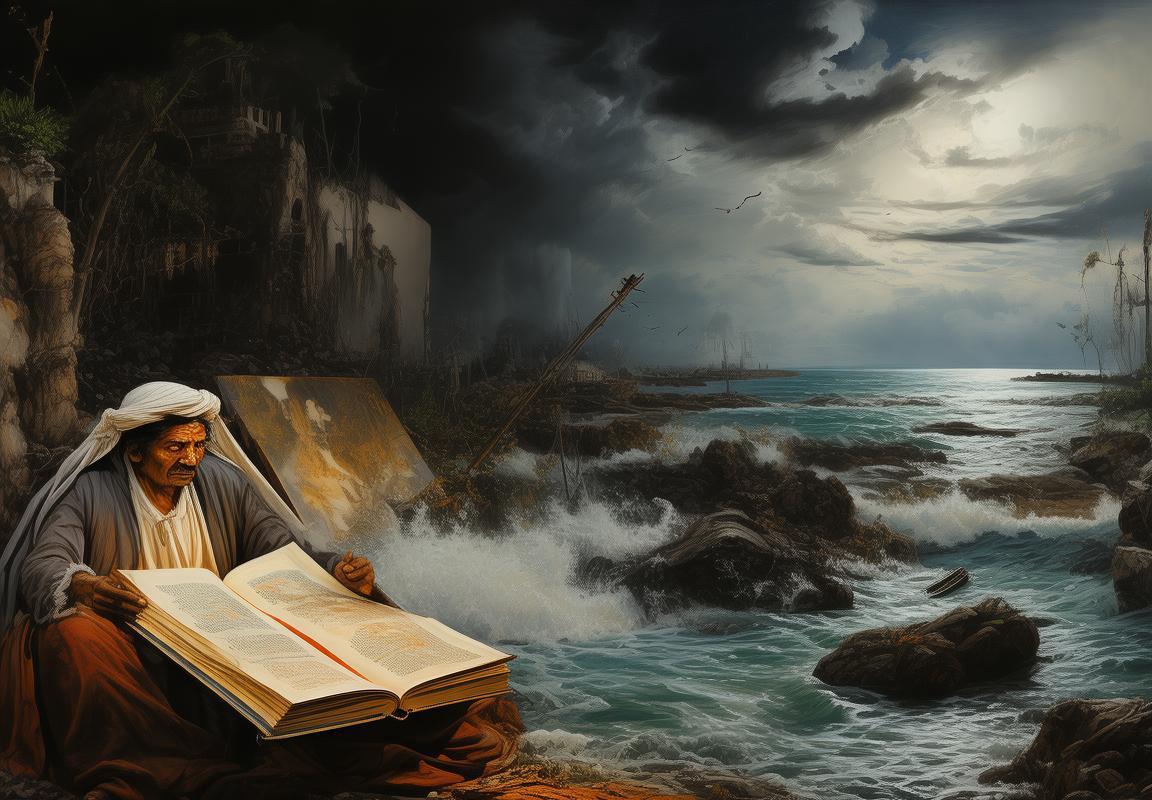
️ Conclusion: Reflecting on the Legacy of Huracan
🌦️ The Age of Huracan left an indelible mark on the cultural landscape, influencing literature, art, and the collective imagination. As storms became more frequent and severe, writers and artists sought to capture the essence of these tempestuous times.
💨 Novels and poetry often depicted the chaos and beauty of hurricanes, using them as metaphors for societal upheaval and personal turmoil. The storm became a symbol of the unpredictable forces at play in the world, reflecting the anxieties and fears of the era.
📚 One notable example is “The Old Man and the Sea” by Ernest Hemingway, where the relentless pursuit of a giant marlin mirrors the struggle against nature’s fury. The hurricane that disrupts the protagonist’s journey serves as a powerful reminder of the unpredictable nature of life.
🎨 Visual artists also embraced the theme of the hurricane, using it to convey the raw power of nature and the fragility of human existence. Paintings and sculptures often depicted the aftermath of a storm, with broken trees, flooded streets, and desolate landscapes.
📜 The cultural legacy of the Age of Huracan can be seen in the way it shaped the narrative of stories told across generations. It influenced the way people viewed their environment, encouraging a respect for nature’s strength and a recognition of the human capacity to endure and rebuild.
🌊 Poets, too, found inspiration in the swirling maelstroms, crafting verses that captured the raw energy and emotional impact of these storms. The imagery of the hurricane became a way to express the chaos and beauty of life, a reminder of the duality of existence.
📜 Literature from the period often reflected the societal changes brought about by the storms, with characters facing adversity and emerging stronger. The resilience of the human spirit became a central theme, as people worked to rebuild their lives and communities in the wake of destruction.
🎭 Theatrical productions also explored the theme of the hurricane, with plays that depicted the struggle for survival and the search for meaning in the face of overwhelming natural disasters. The stage became a platform for discussing the human condition and the role of fate in one’s life.
🖼️ In music, the hurricane was a powerful metaphor for the emotional rollercoaster of life. Composers wrote symphonies and songs that evoked the fear, excitement, and beauty of these storms, capturing the essence of the era’s cultural psyche.
📜 The cultural influence of the Age of Huracan is evident in the way it has been passed down through history. From the stories told in classrooms to the movies and television shows that continue to be produced, the legacy of the hurricanes remains a part of our collective memory.
🌪️ The Age of Huracan may have been a time of great upheaval and loss, but it also fostered creativity and resilience. It taught us about the power of nature and the enduring strength of the human spirit. The legacy of these storms continues to resonate in the cultural fabric of our societies, reminding us of the beauty and chaos that coexist in our world.
Images















